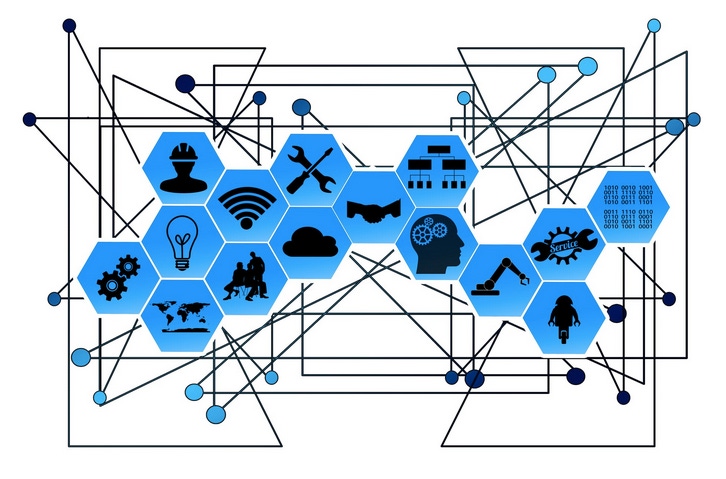Why the Internet of Things and Cyber Security Should Concern Small Business Owners
The internet of things and cyber security simply haven’t been combined in a cohesive strategy.
August 21, 2019

Sponsored by ESET
The internet of things is allowing businesses of every size to automate certain processes and introduce new levels of streamlined productivity. For instance, any device can be equipped with sensors to measure and monitor things like a patient’s blood pressure or the level of inventory on a bulk tank of motor oil. While these advances can help companies innovate, the internet of things and cyber security make incompatible partners at times.
While many small businesses are often targets of cyber security breaches, there’s another reason hackers target a small business. Through the vulnerabilities presented by internet of things devices, hackers can often access the data of a larger company from a small business’s server.
The internet of things and cyber security simply haven’t been combined in a cohesive strategy. Devices are often updated and replaced at a furious pace in order to access the latest innovations and features, and manufacturers may not have the security expertise to build devices that offer much resistance. Companies using the devices often neglect to utilize proper patching that handles common vulnerabilities.
Another reason why the internet of things is on the target list for hackers is that it gives them access to physical equipment. The increasing connectivity between virtual and physical realms means that once a hacker has infiltrated a device, they may have access to equipment. Think of a hacker gaining control of security systems, environmental controls or machinery.
A large-scale example of this occurred a few years ago when hackers gained control of the Iranian government’s nuclear program’s uranium enrichment plant. When they altered the centrifuge speeds, there was permanent damage to the machines and the damage set back the Iranian nuclear program by several years.
While an attack on your small company may seem less impactful, it will feel nuclear to you and your employees while you deal with downtime, lost revenue and damage to your reputation. Recovering your data can be costly, and there may be physical damage to your machinery or systems.
What can you do about a strategy for handling the internet of things and cyber security?
First, implement a strong password policy that requires complexity and frequent changes. You may also want to adopt a multi-step authentication process that includes some biometric elements.
Another important component is employee awareness and training. While hackers are targeting your company, there are also employees who lose data because of carelessness with their devices. Discuss the risk of a lost or stolen device, as well as the impact of sharing passwords.
Don’t ignore updates or security patches. They are critical for removing vulnerabilities that make you an attractive target for a hacker. Additionally, a backup and recovery plan is crucial for addressing multiple devices on your network.
If you need assistance implementing a strategy for addressing the internet of things and cyber security, contact us today. We can help you identify areas of vulnerability and address them before a hacker finds them first.
This guest blog is part of a Channel Futures sponsorship.
Read more about:
MSPsAbout the Author(s)
You May Also Like


